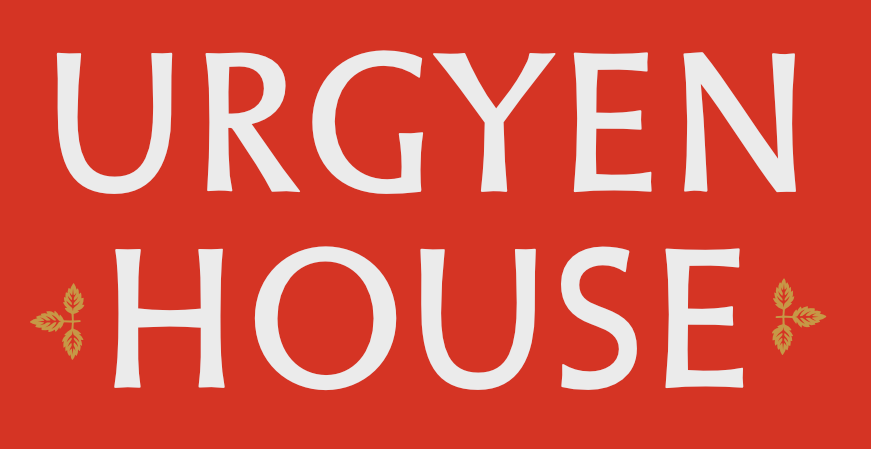Hercules vase
Object location: Living room
This replica of a classical Greek vase was a gift from Paramartha who purchased it on the Aegean island of Thasos, where the remains of a temple to Herakles still stands. The painted figure represents the mythic Greek hero wrestling with the shape-shifting river god Achelous. Herakles, or Hercules as he became known in Roman times, had a particular significance for Sangharakshita who invoked him in his long poem, ‘Hercules and the Birds’.
Rather touchingly, it was discovered after Sangharakshita’s death that he had sealed the vase with a wooden stopper after he had interred the remains of some wild thyme gathered at Delphi during his 1966 tour of the Mediterranean with his good friend Terry Delamare.
Another figure of ‘the greatest of the Heroes’, a plaster cast copy of the famous Farnese Hercules by the Roman sculptor Glykon, can be seen in the conservatory.
It was in Greece that I found myself moved most deeply – by the sacred places of ancient Greece: Delphi, Epidaurus, and Olympia. And by Delphi most of all.… The natural beauty of the place combined exquisitely with the beauty of the archaeological remains. And I remember sitting on the hillside looking down at the ruins of the temple of Apollo and reading Euripides’ Ion, written two-and-ahalf millennia before, the action of which is set in that very place – the temple of Apollo at Delphi.
In the Realm of the Lotus (The Complete Works of Sangharakshita, vol. 22)

